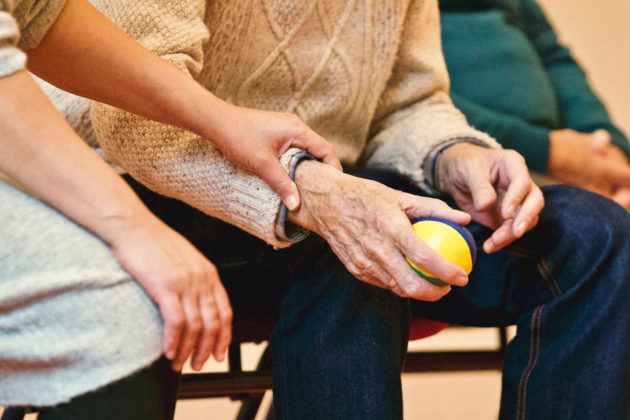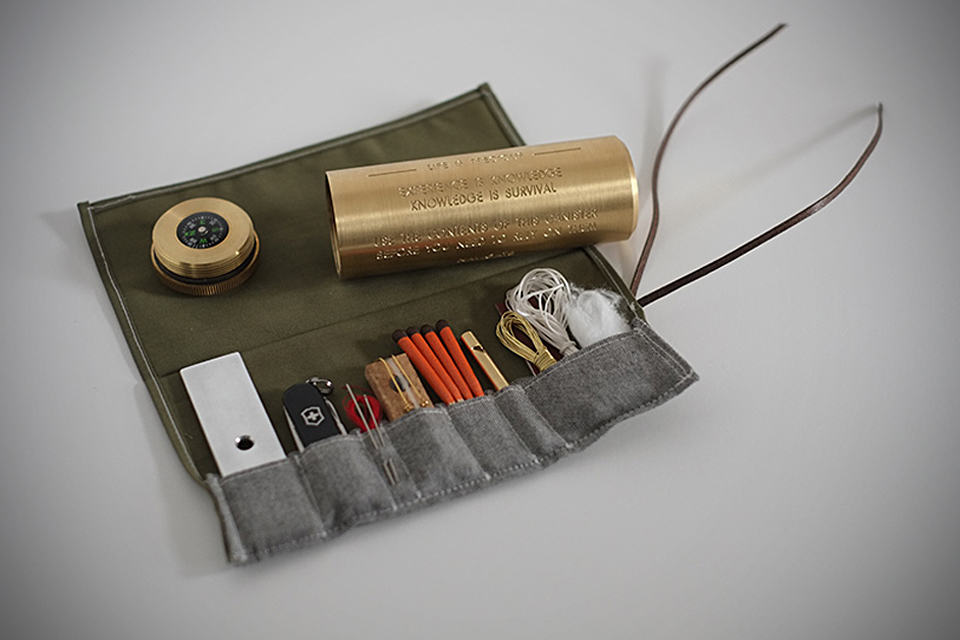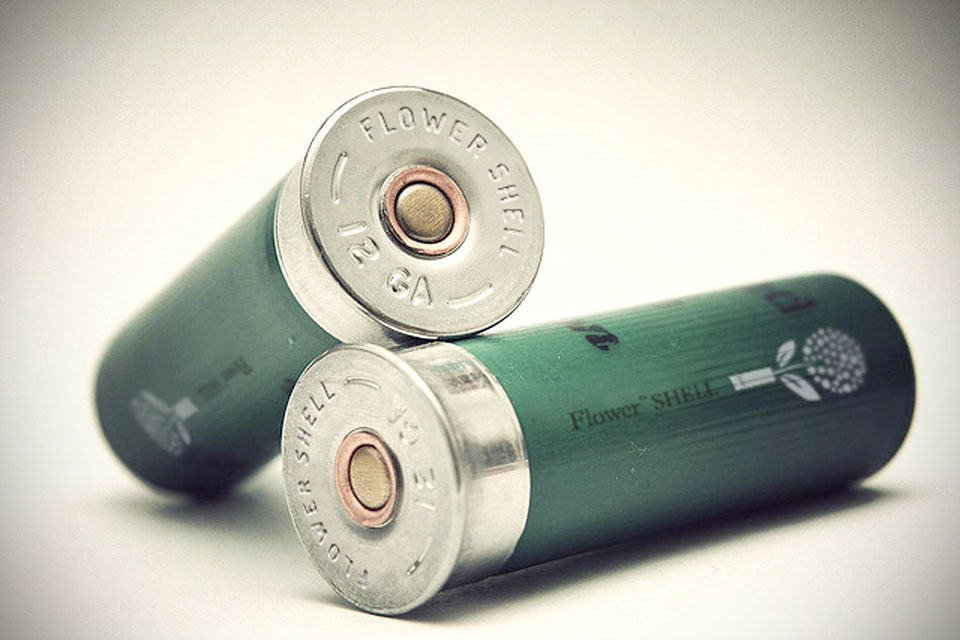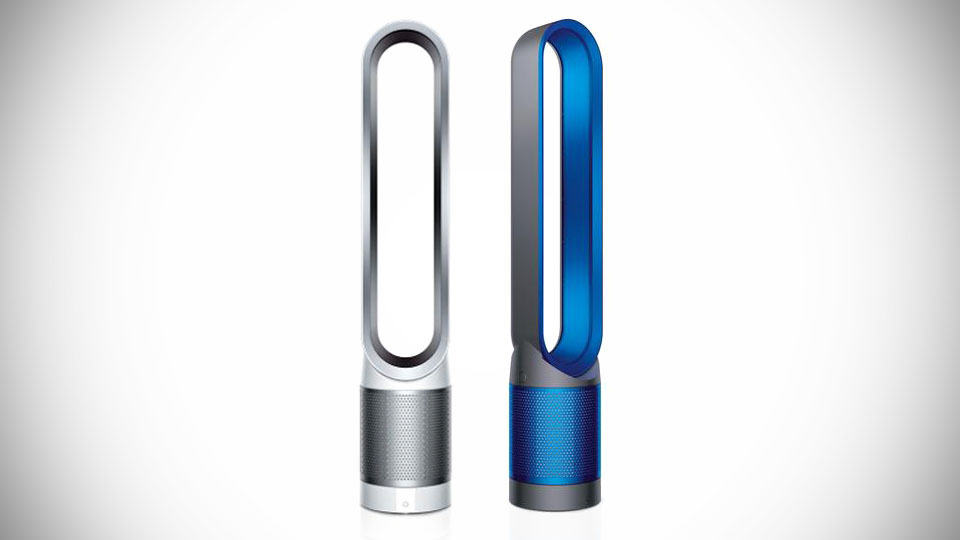Every year, millions of seniors end up in the emergency room as the result of a fall. It’s estimated that as many as 1 in 3 seniors fall every year. More than half of these occur in the persons home, so they’re not as safe as you might think! If you’ve got an elderly relative still living at home, there are several things you can do to make their home environment as safe as possible. With just a few simple adjustments, you can make a significant difference to their health and well-being.
Home Modifications That Cost Little
Many of the changes you can make in their home cost very little or nothing at all, such as the following examples:
• Rugs: Remove or use a non-skid backing. Alternatively, move the rugs to a spot where they’re not going to be walked on. When the edges begin to curl up, it’s time to replace them.
• Floor Space: Keep all floor space clear of clutter. Make sure there are no electrical cords that can be a trip hazard. Any unnecessary furniture should be removed, and traffic paths should be kept clear.
• Lighting: In areas that are dark, and to make getting around at night easier, install stick-on tap lights.
• Bathroom: Install handrails in the bathtub, shower, and next to the toilet. All slippery surfaces should have a rubberized bath mat.
• Stairs: Install secure handrails that run the length of the stairs.
• Gas Appliances: Regularly check all gas appliances for leaks.
• Smoke Alarms and Carbon Monoxide Detectors: These should be installed on all floors, preferably hard-wired so you don’t need to worry about dead batteries.
• Water Heaters: Make sure these are regularly inspected to ensure they are functioning correctly. Lowering the water temperature a few degrees also reduces the risk of scalding.
• Home Inspection: Regularly inspect your relatives home for potential hazards including the functioning of any cooling and heating systems.
• Backyard and Entrance Way: A cracked sidewalk or uneven surface can be a trip hazard. It’s also important the backyard has a smooth surface for easier mobility.
Additional Care Available for an Elderly Relative

While you should try to visit as much as possible, it’s not always possible to be there for them 24 hours a day. In such cases, there are several options if you need in-home care. They include:
• Non-Medical Home Care Agencies: responsible for providing caregiving to support the activities of daily living (ADLs) including dressing, eating, toileting, transferring, and ambulating. They can also help with instrumental activities of daily living, such as managing personal finances, meal preparation, housework, and taking medications. If you need to know more about in-home care services in your area, you can visit www.inhomecare.com.
• Medical or Skilled Home Health Care Agencies: This type of service provides professional medical care in the home. Caretakers tend to be registered nurses, HHAs and CNAs. This type of agency often sets up a team of care providers for each client.
If in-home care does not fully meet your loved one’s needs assisted living options can be a valuable option. For Orange County residents exploring the perks of assisted living community in Newburgh can offer a comprehensive support system tailored to your loved one’s needs. These communities provide not only professional care but also a vibrant social environment, ensuring residents stay active and engaged. Residents can enjoy a variety of amenities, such as organized activities, meal services, and transportation, which can significantly enhance their quality of life. Choosing an assisted living community can also provide peace of mind, knowing that trained staff are available around the clock to assist with any medical or personal needs.
Finding ways for a senior to stay in their own home for as long as possible is important. It’s where they’re going to feel most comfortable and secure.
Featured image by Johannes Plenio via Pexels .




